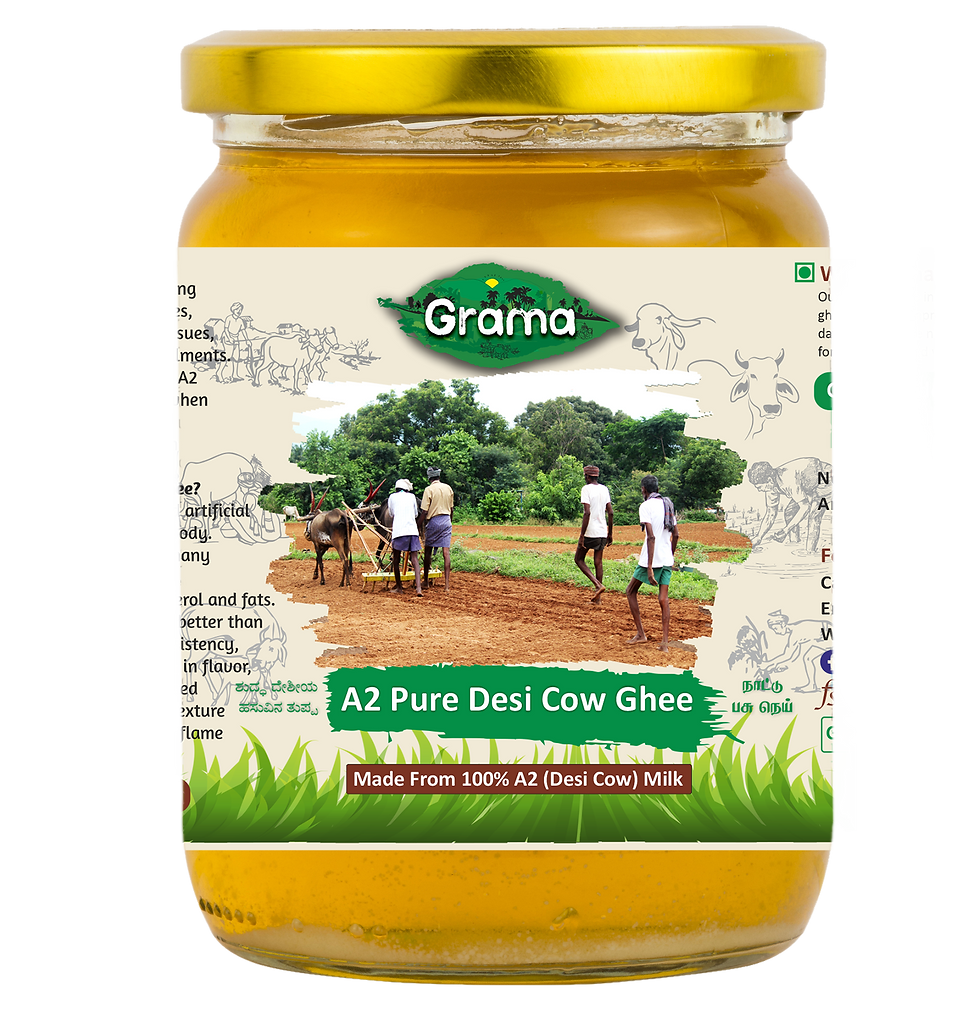
Millets
Millets have been our staple food for thousands of years, providing nourishment and sustenance to our communities. We cultivated and enjoyed these grains for generations, yet have not fully shared their potential with the world. Now is the time to showcase the versatility and richness of millets, inviting others to experience their benefits and flavors. Let’s embark on this journey together and celebrate this ancient grain!
PAGE UNDER CONSTRUCTION
Millet!
Why Millets Were Cultivated and Eaten in Ancient Times
Millets were a staple food in ancient times for several reasons, primarily due to their drought resistance, low maintenance requirements, and high nutritional value.
Drought Resistance:
Millets can thrive in low-rainfall and arid conditions where other crops like rice would fail. This made them crucial for ensuring food security during times of drought.
Adaptability to Soil:
They can grow in less fertile soil without the need for extensive fertilizers or pesticides. This made them an ideal crop for small-scale farmers.
Short Growing Season:
Most millet varieties (e.g., Pearl Millet, Foxtail Millet) have a short growing period, allowing for quick harvests that met immediate food needs.
Long Shelf Life:
Millet grains can be stored for long periods without spoilage, making them a reliable food reserve during famines and periods of scarcity.
The Scientific Truth About Millets and Their Nutrients
Millets are a nutritional powerhouse, and their health benefits are backed by science. Here are the key nutrients they contain:
High Fiber Content:
Millets are rich in both soluble and insoluble fiber. This promotes a healthy digestive system, prevents constipation, and helps regulate blood sugar levels.
Low Glycemic Index:
The carbohydrates in millets are digested slowly, leading to a gradual rise in blood sugar. This makes them an excellent food choice for people with diabetes.
Essential Minerals:
Millets are packed with essential minerals like calcium, iron, magnesium, and phosphorus. For example, finger millet (ragi) has a higher calcium content than both milk and rice, which is vital for strong bones.
Protein and Amino Acids:
Compared to rice and wheat, millets have a higher protein content and contain essential amino acids like methionine and cysteine.
Gluten-Free:
Millets are naturally gluten-free, making them a safe and nutritious alternative for individuals with celiac disease or gluten intolerance.
Antioxidants:
Many millets (like foxtail millet and sorghum) are rich in antioxidants. These compounds fight against free radicals in the body, protecting cells from damage and reducing the risk of various chronic diseases.
In summary, ancient people chose to cultivate millets because they were a sustainable, low-maintenance, and highly nutritious crop perfectly suited to their environment.

Our Ragi Field

Kodo Millet Crop

Our Millet Field

Little Millet

Millet crop

Our Pearl Millet Field
Explore our wide range of millets, with care and minimally processed to preserve their nutritional value. Unlike bulk warehouse products treated with harmful chemicals, our millets are processed fresh upon order. Each variety is thoughtfully packed to optimal freshness and quality. Enjoy the wholesome goodness of millets in your meals today!
















